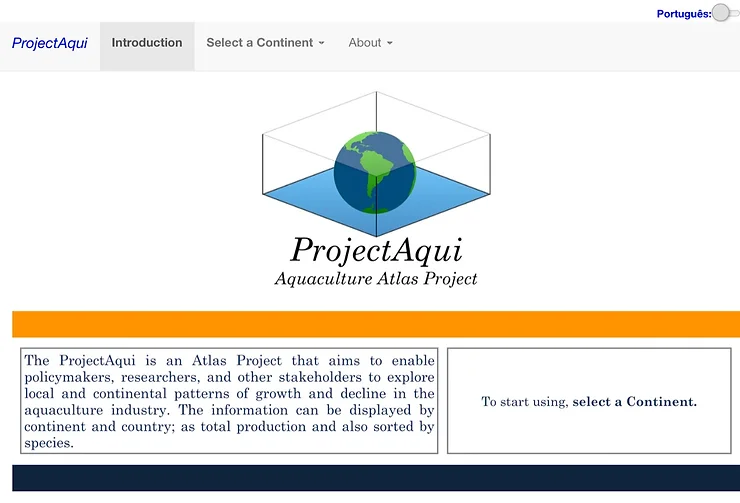Brazilian aquaculture, which can currently be divided into five main sectors, defined by tradition and type of organisms, is a billion-dollar activity that is increasingly incorporating innovation and new technologies.
Aquaculture is recognized worldwide as one of the main solutions to the potential crisis in food demand generated by population growth. According to estimates by the United Nations (UN), the planet’s population will reach the mark of 9 billion inhabitants in 2050. This sector can guarantee food security and an increase in dietary nutrition in developing regions. In addition, this activity, when carried out correctly, can also contribute to habitat restoration, replenishing wild stocks and rebuilding populations of endangered species.

In Brazil, a country with continental dimensions, with one of the largest river basins in the world with 12% of all surface fresh water on the planet and with one of the largest stretches of coastline among all countries, in 2019 alone it presented an estimated production of 800 thousand tons between the five main types of crops (freshwater fish, marine shrimp, molluscs, freshwater shrimp and frogs)1.
"Production in 2019 was estimated at 800,000 tons, representing a gross revenue of USD 1 billion"
Despite all this economic significance, Brazil is still one of the countries that least knows the production performance of this activity within its territory compared to other countries.
To bring this knowledge to the public, the Aquiculture Atlas was created.

The Atlas of Aquaculture “ProjectAqui” is a Web Application that aims to facilitate researchers, public managers, and other interested parties to access information on local and continental patterns of growth and decline in the aquaculture sector. The application came up with the idea of centralizing the databases of several countries in an interactive interface, optimizing access to this information. Something that, until then, had never been done. Today, the application has an extensive amount of information that includes countries from 5 continents (North America, South America, Europe, Asia, and Africa). In addition, the app also provides specific data for some countries (e.g. Brazil, and Canada). In its two years, the application has already been accessed by more than 2000 users from 37 countries.

The Aquaculture Atlas is completely free and can be accessed through the link: Aquiculture Atlas
If you want to know more about this and other IBPBio projects, get in touch with us!!
References: 1. Wagner C. Valenti, Helenice P. Barros, Patricia Moraes-Valenti, Guilherme W. Bueno, Ronaldo O. Cavalli. Aquaculture in Brazil: past, present and future, Aquaculture Reports, Volume 19, 2021. https://doi.org/10.1016/j.aqrep.2021.100611. 2. Theuerkauf, Seth J., et al. “Habitat Value of Bivalve Shellfish and Seaweed Aquaculture for Fish and Invertebrates: Pathways, Synthesis and next Steps.” Reviews in Aquaculture, June 2021, p. raq.12584. DOI.org (Crossref), doi:10.1111/raq.12584. 3. FAO 2018 The State of World Fisheries and Aquaculture 2018 - Meeting the sustainable development goals.


